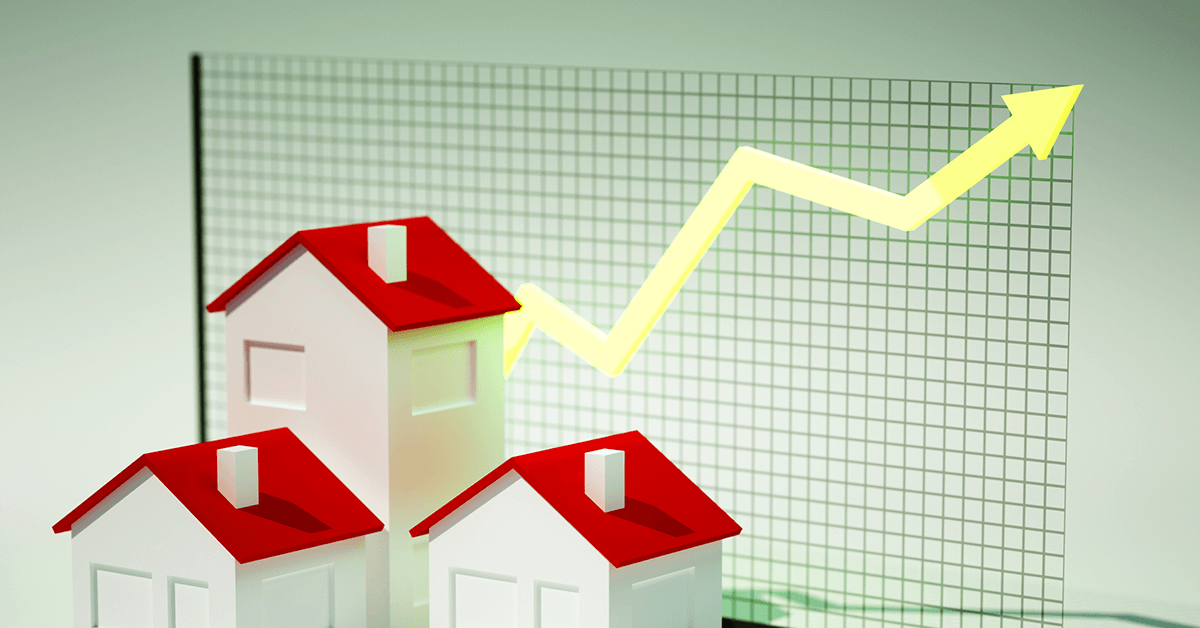
What’s Next? 3 Positive Market Indicators for Homeowners
While no one can be certain precisely how things will go as the country slowly reopens, there are three positive market indicators suggesting an optimistic future for homeowners.
On March 27, President Trump signed the Coronavirus Aide, Relief and Economic Security (CARES) Act into law. The CARES Act gives homeowners with federally backed loans the right to file for mortgage forbearance (a temporary pause on your mortgage payments) without any penalties, fees, or additional interest.
As of April 30th, according to housing data provider Black Knight, nearly 4 million people have sought relief on their home loans. However, new data from the Mortgage Bankers Association (MBA) shows that while forbearance is still on the rise, the rate at which people are filing has “slowed to the lowest level since the crisis began.”
Matthew Graham, the chief operating officer for Mortgage News Daily, reports, “The flattening of this curve means mortgage investors are beginning to calm down. As a result, credit availability is improving.”
The reawakening of the economy is resulting in a gradual flattening of the mortgage forbearance curve. While things likely won’t normalize in this sector immediately, the bits of progress we’re seeing are encouraging.
Freddie Mac, a government-backed mortgage buyer, sited interest rates for a 30-year home loan at 3.24% on May 21, putting them a whole percentage point lower than a year ago. Low interest rates will help to maintain stable home prices and might be the reason behind a rise in new mortgage applications. At the end of April, CNBC reported, “Mortgage demand from homebuyers jumped 12%, signaling a potential turn in buyer confidence.”
The housing market may pick up as the country enters what would typically be the end of the homebuying season. Mike Fratantoni, MBA’s chief economist says, “Current trends suggested that if the economy continues to gradually reopen, the situation could be stabilizing.”
However, mortgage underwriting continues to be tight in response to increased risk due to a slow economy and high unemployment. Credit score minimums have risen, and the employment verification processes have changed to protect lenders as they struggle under the strain of government relief programs granting homeowner forbearance.
Industry insiders contend that demand for homes is still high despite the low sales for March and April. It seems the normally high level of spring sales has simply been pushed into the fall. In fact, the National Association of REALTORS® May survey of its members showed, on average, respondents reported two to three interested buyers on properties sold in April.
While home sales were 17.2% lower in April of 2020 than they were in April of 2019, according to the NAR, Lawrence Yun, chief economist for NAR, acknowledges the drastic decline in existing home sales, but also notes that REALTORS® are reporting an uptick in activity as states reopen.
Yun points to strong home prices as another indicator of high demand. “Although the pandemic continues to be a major disruption in regards to the timing of home sales, home prices have been holding up well. In fact, due to the ongoing housing shortage, home prices are likely to squeeze out a gain in 2020 to a new record high.”
Overall, there are positive indicators that the housing market will continue to recover as the economy reopens, but at what speed the recovery will occur remains to be seen.
Time to Focus on Affordable Housing
Taxes on real estate are not the answer. Sign the petition calling on Congress to address our country’s housing shortage.





